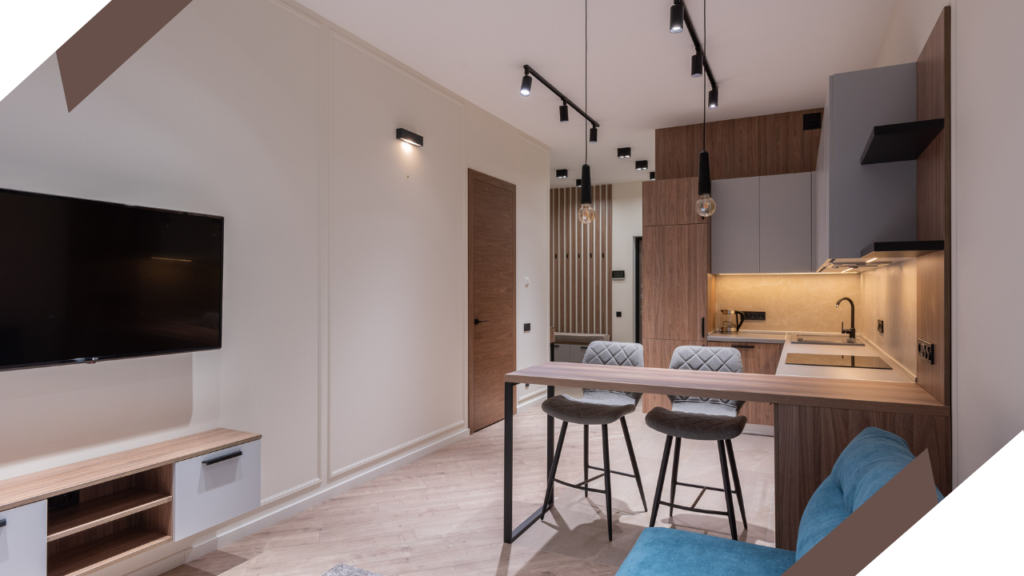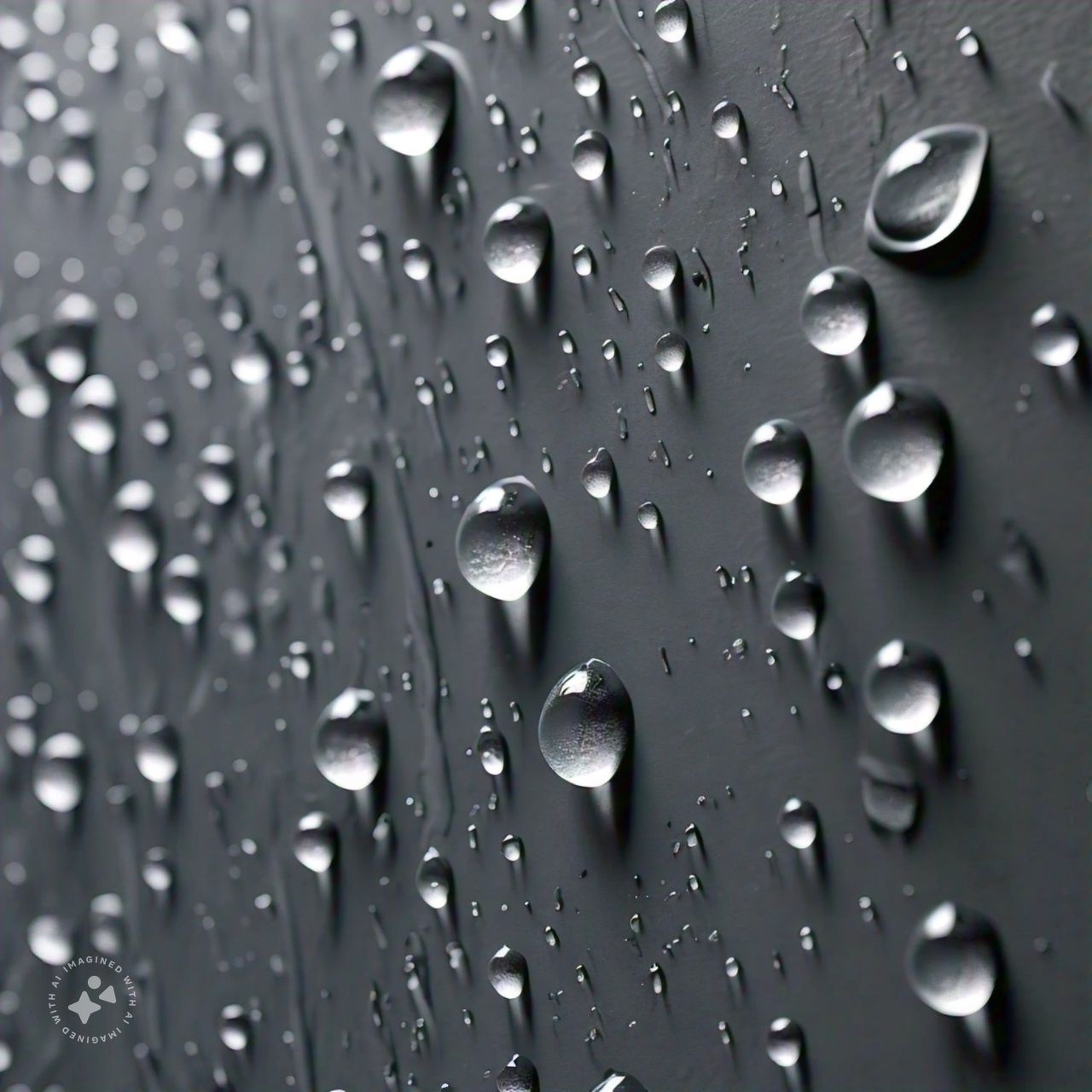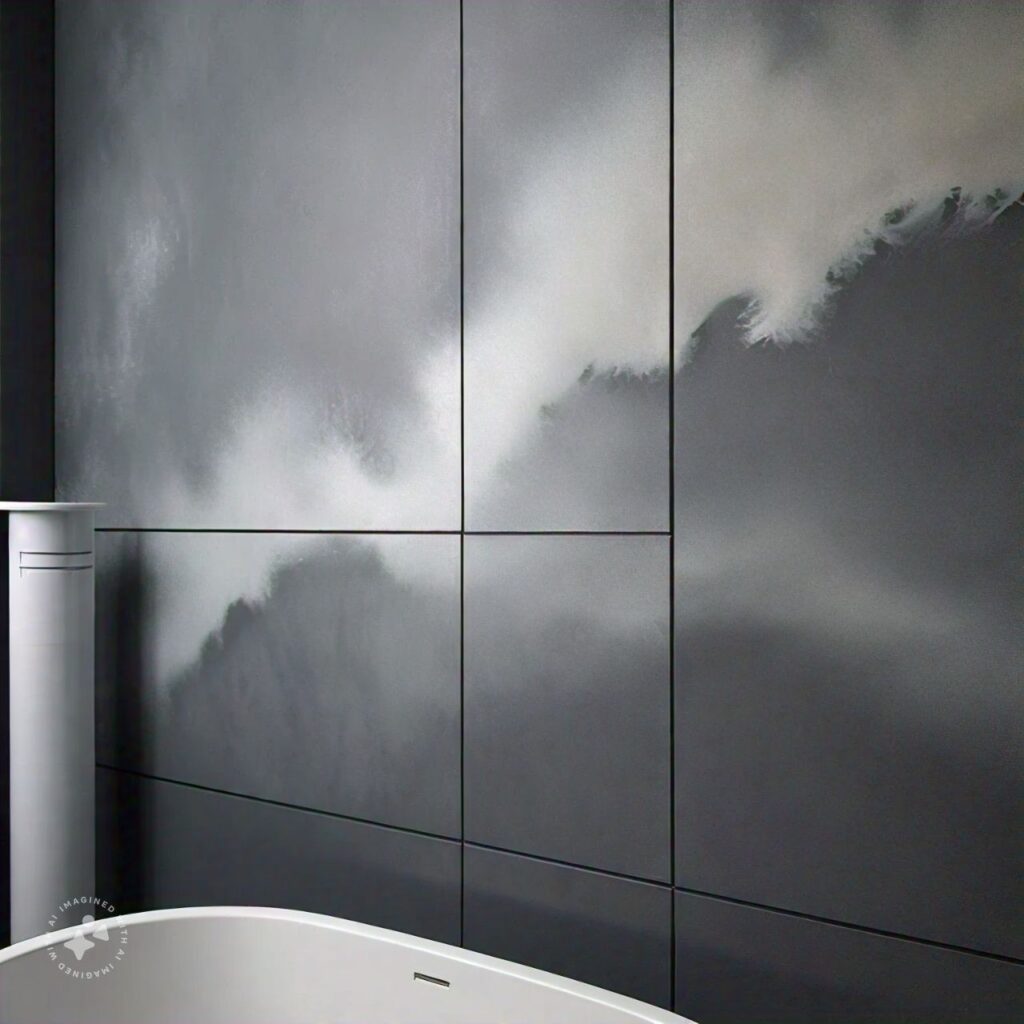
Introduction:
In the world of interior design, paint color and wall paints are not merely aesthetic choices. They are powerful tools that shape our experiences within our homes. In this article, we delve into the fascinating world of paint color and wall paint exploring how different shades can breathe life into your living spaces. We’ll unravel the psychology behind color choices, revealing why certain tones resonate with us on an emotional level.
We’ll provide tips on selecting complementary color and techniques for achieving flawless finishes that elevate your interiors from ordinary to extraordinary. We navigate this colorful journey where creativity meets craftsmanship, turning walls into canvases of expression!
What is Paint?
Paint has been an essential medium for human expression throughout history. Paint is more than just a mixture of pigments and solvents. Whether splashed onto a wall or delicately applied to a fine art piece, paint serves as both a tool and a language through which we articulate our visions of the world.
What is Color?
Color is a property of light as perceived by the human eye and brain, resulting in the sensation of different hues, shades and tones.
What is the difference between Paint and Color?
Paint is a physical medium a tangible substance applied to surfaces to create texture and form while color exists as an abstract idea, influencing the way we perceive light and shade. Understanding this differentiation opens up new dimensions in fields ranging from interior design to visual arts, enriching our appreciation for how they contribute to aesthetics.
More About Paints
Types of Paint:
- Exterior
- Interior
- Waterproofing
- Texture Paint
- Faux finish Paint
- Magnetic Paint
- Heat resistant Paint
Exterior Paint:
Exterior wall paint is formulated specifically for outdoor environments, ensuring that surfaces remain vibrant and protected against the elements. Its durability is essential, as it shields structures from harsh weather conditions, including rain, sun exposure, and extreme temperatures. This type of paint is versatile enough to be used on a variety of surfaces like painting walls, trim, doors, windows, decks, or fences, exterior paint adheres well and offers long-lasting results.
Choosing the right type depends on the specific needs of your project and the surface being painted.

Types Of Exterior Paint
- Exterior Latex
- Exterior Oil-based
- Epoxy
- Stain
Interior:
Interior paint plays a vital role in transforming indoor spaces, adding both aesthetic charm and long-lasting durability. By choosing the right color and finish, homeowners can create atmospheres that reflect their personal style and enhance the overall ambiance of their living areas.
This versatile medium can be applied to various surfaces, including walls, ceilings, trim, doors, and even furniture.
.

Like Exterior Paints, choosing the right type depends on the specific needs of your project and the surface being painted.
Types Of Interior Paints:
- Latex (water-based)
- Oil-based (solvent-based)
- Acrylic
- Low-VOC (eco-friendly)
Water Proof:
Waterproof paint serves as a protective barrier against water penetration, making it an essential choice for spaces that are frequently exposed to moisture. This includes rooms like bathrooms and kitchens, where humidity levels are often high, as well as basements that can be prone to dampness and outdoor surfaces subject to rain or snow..

Choosing the right type of waterproof paint ensures long-lasting protection and helps maintain the integrity of your structures.
Textured Paints:
Texture paint adds depth and visual interest to surfaces. It’s available in various finishes, including smooth, rough, stippled, knockdown, and orange peel. Texture paint is suitable for walls, ceilings, and accent areas.

Types Of Textured Paints:
- Smooth
- Rough
- Stippled
- Knockdown
Magnetic Paints
Magnetic paint is a unique coating that transforms any wall into a surface able to hold magnets. This innovative solution is especially useful in spaces like kids rooms, where it allows for interactive play and creativity. Children can easily hang their artwork or favourite pictures, fostering a sense of pride in their space.

Like other Paints, choosing the right colour depends on the specific needs of your project and the surface being painted.
Faux Finish Paints:
Faux finish paint is an innovative technique that replicates the appearance of various natural materials, creating stunning visual effects in any space. This approach enables homeowners and designers to imitate luxurious surfaces such as marble, rich wood grain, rugged stone, and even sophisticated leather.
To achieve these remarkable effects, several techniques can be utilized. Ragging involves using a rag to apply or remove paint to create texture.
It is relatively easy to apply, making it accessible even for DIY enthusiasts. With virtually endless design possibilities, faux finishes empower individuals to explore their creativity and personalize their spaces effortlessly

Types of Faux Finish Paint:
- Ragging
- Sponging
- Stenciling
- Glazing
Faux Finish Paint:
Heat-resistant paint, also known as high-temperature paint or heat-resistant coating, is specifically designed to withstand high temperatures without losing its color, integrity, or adhesion. These paints possess thermal stability, chemical resistance, and durability, maintaining their color and finish even in extreme conditions.
Benefits of Heat Resistant Paint include protecting surfaces from heat damage, reducing thermal stress, enhancing durability, improving appearance, and reducing maintenance.

Types Of Heat Resistant Paint:
- Ceramic
- Silicone
- Epoxy
- Acrylic
- Zinc
Conclusion:
Colours and paint are essential elements in our surroundings, deeply influencing how we feel and perceive spaces. The psychology of color is a fascinating field that explores these emotional connections, guiding us in making choices that enhance our living and working environments. By understanding these effects, we can tailor our spaces to better reflect our moods and personal styles.
Choosing the right type of paint further contributes to this process. From matte finishes that offer a soft ambiance to glossy surfaces that add vibrancy and reflectivity, each option creates its own unique atmosphere.
The various sheens available such as satin or eggshell also play a role in shaping light within a room. Armed with this knowledge, individuals are better equipped to design spaces that not only look appealing but also resonate on an emotional level.
FAQs:
Q: What is the purpose of paint?
Purpose of paint is protection, decoration, and expression, enhancing surfaces appearance, durability, and functionality in various environments effectively always.
Q: What factors should I consider when choosing paint?
Before choosing paint we have to consider climate, surface material, color durability, heat and water resistance, and finish when choosing paint for longevity.
Q:Are colours connected to our emotions?
Colours influence emotions, behaviour, and perceptions through biological, learning, and contextual associations, evoking feelings and reactions instinctively.
